
I took this picture from on top of the Excelsior Blvd. Bridge above State Highway 100 in St. Louis Park, Minnesota, during a March, 2004 morning rush hour, sixteen years before the Corona virus panic. It took more than an hour to get the right shot, with cars stopped as far back as the eye can see. I was going to change the world with virtual travel. No more wasting time waiting in traffic. Be there without traveling there. It was a great slogan.
None of it amounted to a hill of beans. But it wasn’t for lack of trying.
Midnight Scare
It started in 2003, before smartphones, cheap webcams, and social media. The Corona Virus was far off into the future when my US Marine friend, Mike, and I dreamed up an idea to keep people in touch over long distances. This was especially important to Mike and his family because he was on his way to Iraq.
Video conferencing wasn’t new, but affordable videoconferencing over the public internet was unheard of. I still remember the so-called experts who told me it couldn’t be done. Which motivated me even more to prove them wrong.
Mike deployed to Iraq and we traded chats every night, planning how we would set up face to face meetings. I found a cheap device that looked like it might work, and ordered two from Frys Electronics Online Superstore. The email came in a few days later – my order was at the UPS shipping facility near my house and would be delivered the next day.
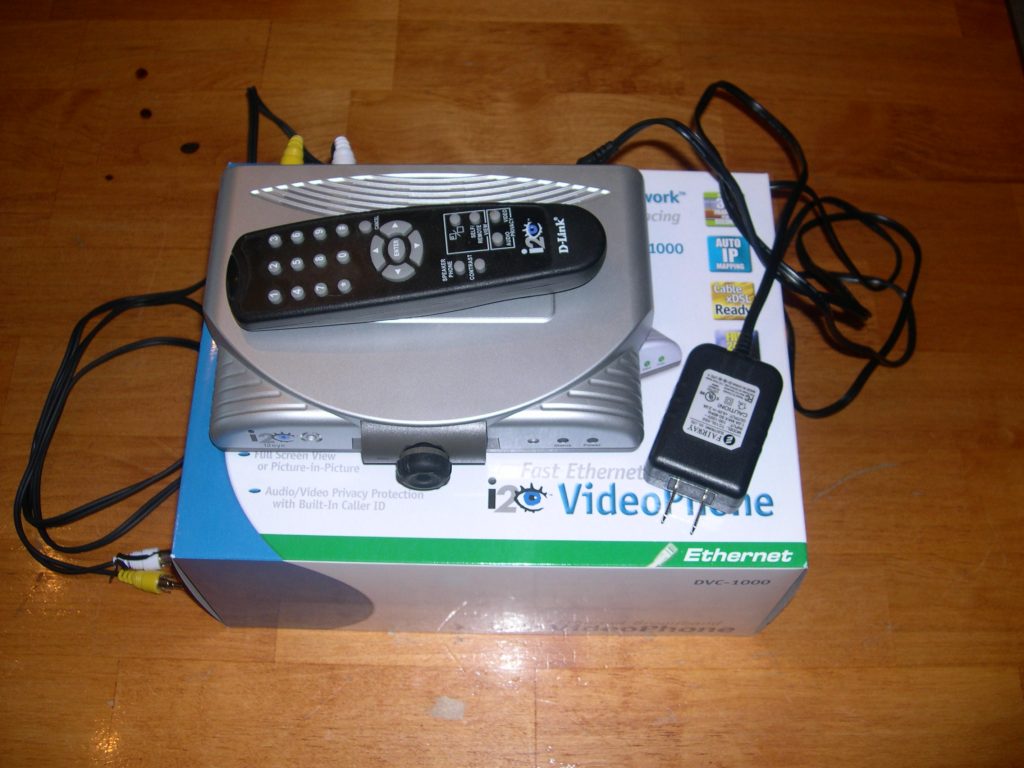
I didn’t want to wait that long, so I hopped in the car and drove to the UPS building. It was around midnight. One other car was in the parking lot. I parked and tested the front door. It was unlocked, and so I walked in. The lights were off, except for an office in back. I heard fingers tapping on a keyboard.
“Hello.”
No answer. I walked back, calling hello every few steps, approaching the office with the light on. A lady jumped and screamed, I jumped, and then we both wailed at each other for a second. It took me a minute to explain why I was snooping around her office at midnight and how I got inside. After I convinced her I wasn’t a robber or worse, she walked me through the building to the loading docks and the trucks. The place looked like a football-field sized Willy Wonka factory, with conveyor belts everywhere. My package was one of thousands and we couldn’t find it. I thanked her for her time and left. UPS delivered my package the next day. And I wrote a thank you letter.
She probably still tells her friends the story about how a bald-headed nutcase scared her in her office at midnight.
Going Live
I set up my devices and they worked – as long as both were in my house connected to the same network. But when I tried setting one up to talk to Mike in Iraq, nothing worked. After a while, I asked Mike what the US Marines use for video conferencing. He said all their devices came from a company named Polycom. And so I called the Polycom toll-free number, and after lots more phone calls and emails with the US Marines, the good people at Polycom agreed to donate a unit to our church.
The next problem was bandwidth. I lived in a telecom desert, and the best affordable bandwidth I could get was 144 kb IDSL. Not nearly enough. I looked for donations, and eventually met with a telecom sales rep named Rob for lunch. We ended up talking all afternoon about our video project. His company donated a T1 to our church, and another T1 to me, and we were in business by late 2004.
The New York Times and St. Paul Pioneer Press wrote articles about our video conferencing project, local TV stations covered our first church service with Mike in Iraq, and he was inside a TV with us every Sunday for the next seven months.
After Mike came home, we put on events in front of thousands of people all over the Twin Cities. During a July 3, 2005 Minnesota Twins baseball game, one young man celebrated his 12th birthday on the pitcher’s mound in front of more than twenty thousand baseball fans. His dad was one of those fans, above the crowd inside a large screen, live and fully interactive from Iraq. When “happy birthday, son” boomed over the speakers, and that young man looked up and saw his dad on the big screen, I doubt there was a dry eye in the building. I still choke up when I think back to that moment.
It worked. Yawn.
It was nice while it lasted. After proving the concept in widely publicized charity events, nobody cared. One time, I sat in a St. Paul Chamber of Commerce presentation about how Minnesota needed to find thirty eight billion dollars over the next few years to repair roads and bridges. I pitched telecommuting as a partial solution and objections came fast and furious. People want to go to an office so they can socialize. Supervisors need to see people to supervise them. Nobody wants to spend money for equipment to make telecommuting work. And, biggest of all, the Chamber president admonished me to not even talk about telecommuting while the Chamber was lobbying for light rail transit to move more people across town.
Another time, I stood in the middle of the Integra Telecom regional headquarters office in the Twin Cities and listened to director-level managers rattle off reasons why nobody would ever buy telecommuting solutions. Fifteen years later, I’m still amazed that telecom sales managers found so many excuses to run away from selling telecom services. Integra Telecom doesn’t exist as an independent company anymore.
Now what?
And now, in early March, 2020, we’re in the middle of the COVID-19 global pandemic. The entire country of Italy is a Corona Virus quarantine zone, the United States banned travel from Europe, governments are banning public meetings, and everyone is worried all stores will close and they’ll be stuck in new quarantine zones starting tomorrow.
But bandwidth is better today, and a computer with a $60 webcam and $100 USB microphone connected to one of many collaboration services can do everything a $2000 (and up) device did back in 2007. But why bother with a computer? My cell phone has an even better camera and mic, and can participate in the same meetings. I work from home and attend video meetings with customers and coworkers almost every day. Military families routinely video with loved ones these days, and nobody remembers or cares how it all started.
But many of us still haven’t figured out what we have at our fingertips.
We will.
After the Corona virus panic passes and stores can keep toilet paper and hand sanitizer in stock again, analysts will notice a surprise productivity increase, reduced oil consumption, pollution improvements, reduced airport congestion, and fewer traffic jams. After careful study, they’ll attribute this good news to virtual meetings and telecommuting. A few brilliant politicians will figure out they can save taxpayer money and gain votes by encouraging virtual meetings, and business leaders will institutionalize this revolutionary new approach. Which means, today’s bust will sow the seeds for a future boom.
No doubt, next year’s politicians will take credit for their forward thinking this year.
Story of my life; I was a few years ahead of my time.
Update, one week later. Schools, bars, restaurants, businesses, and everywhere people gather are either closed or closing. If we want to gather, we’ll do it virtually for at least the next few weeks. I don’t know anything about infections diseases, but I do know a little bit about meeting virtually and working from home. And so, enjoy this short video with tips.
VPNs play a big role with working from home. Here is a detailed setup guide, including video demos, for how to build a VPN in four easy steps without spending one penny.

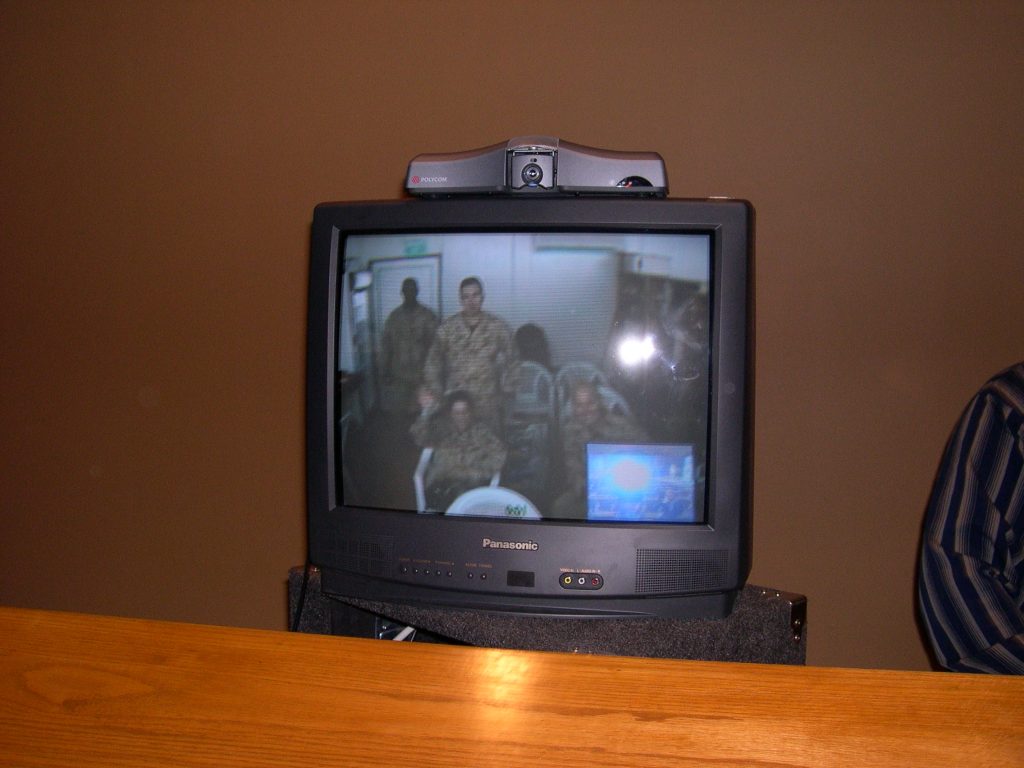
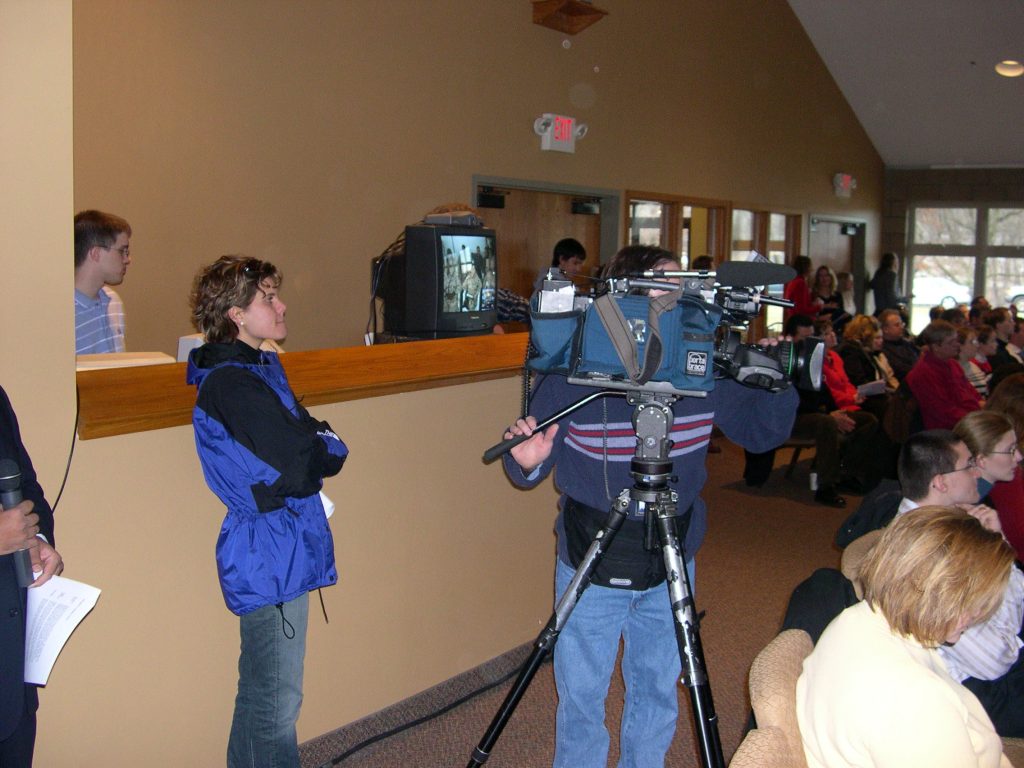
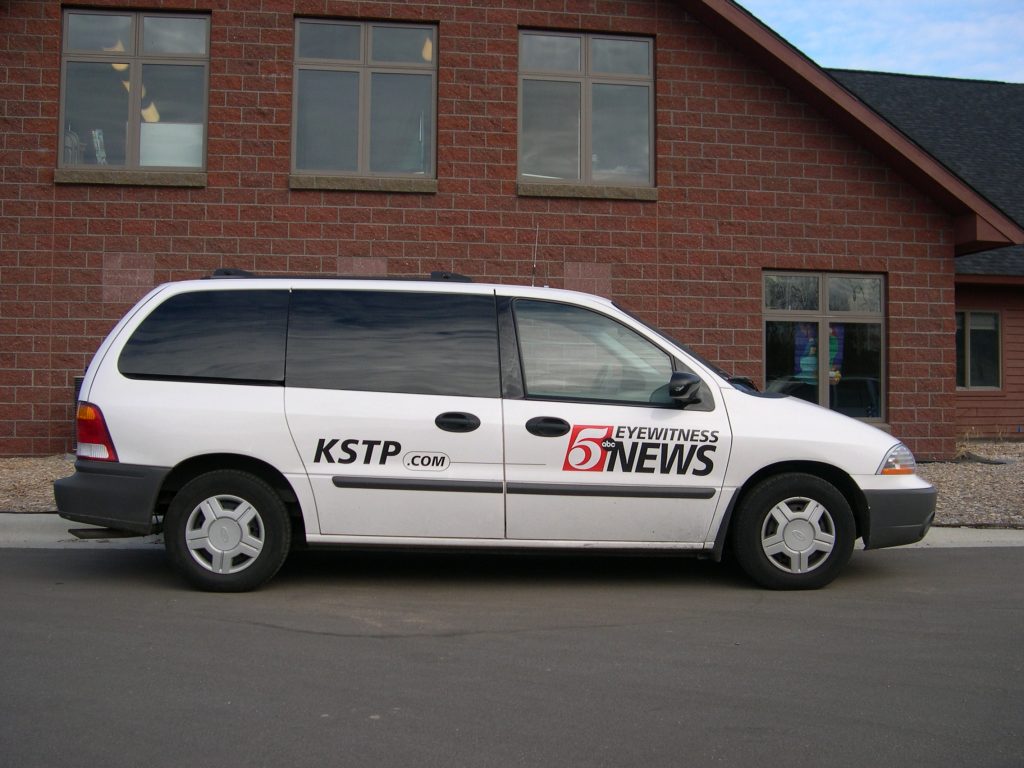
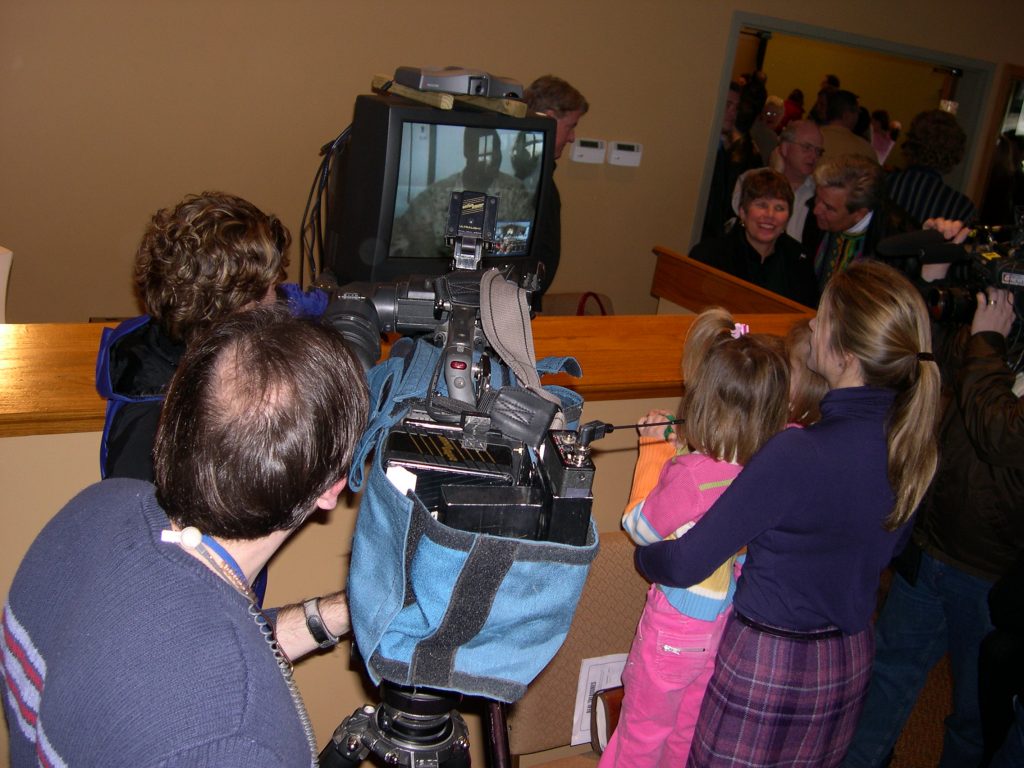
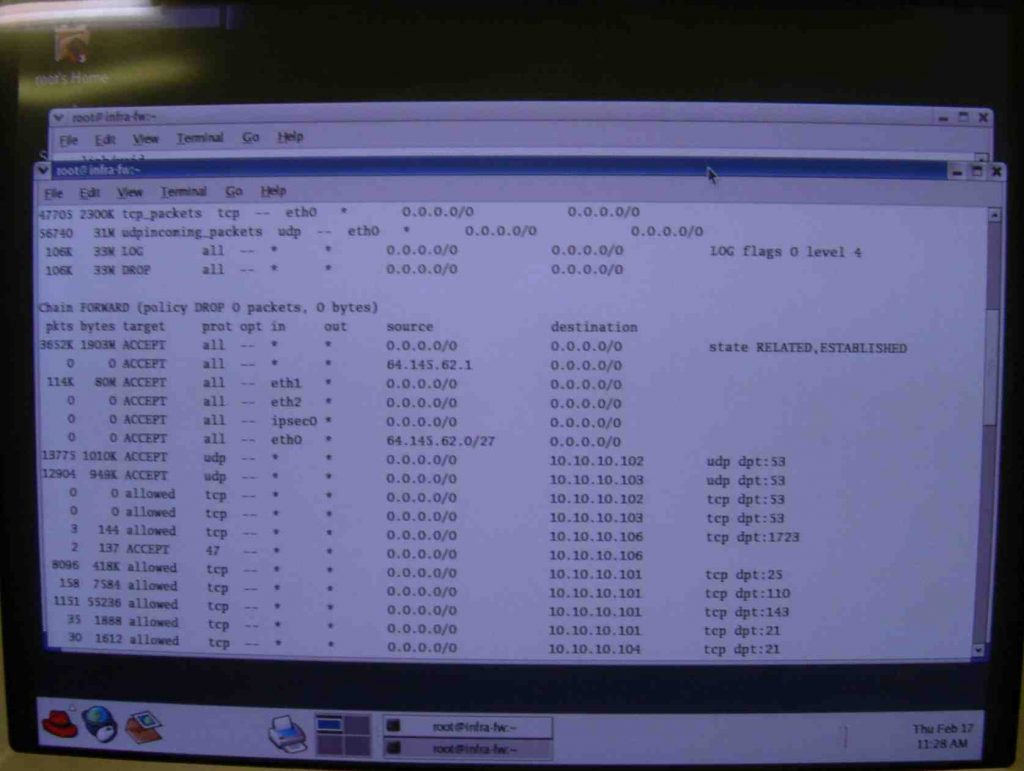
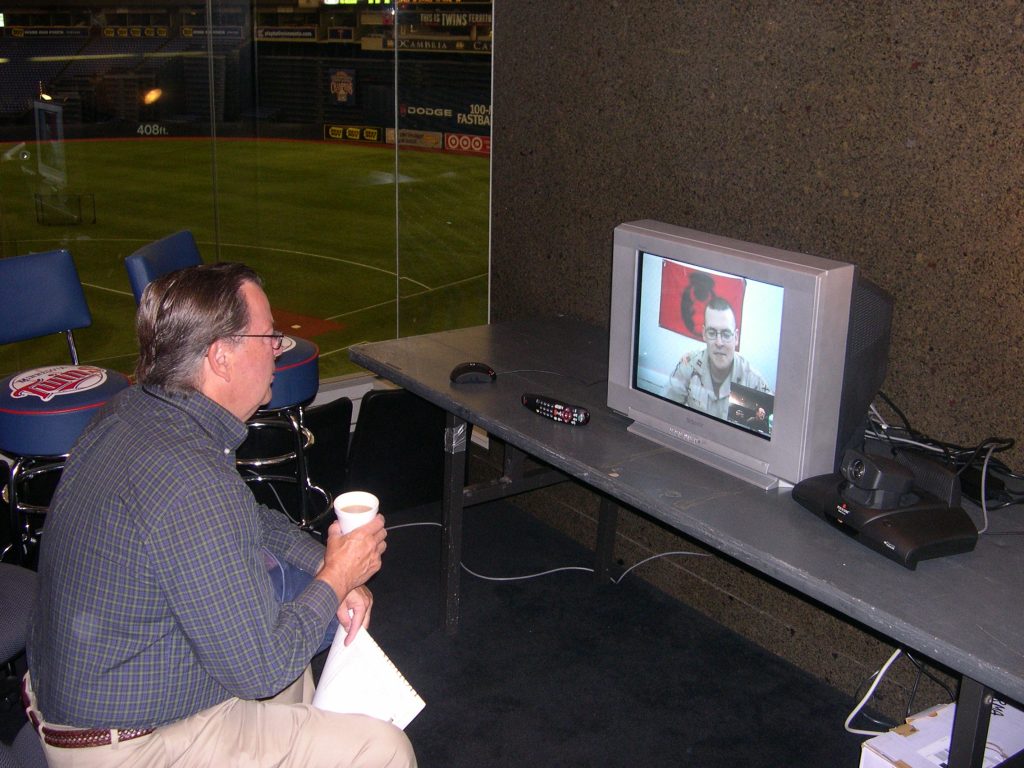


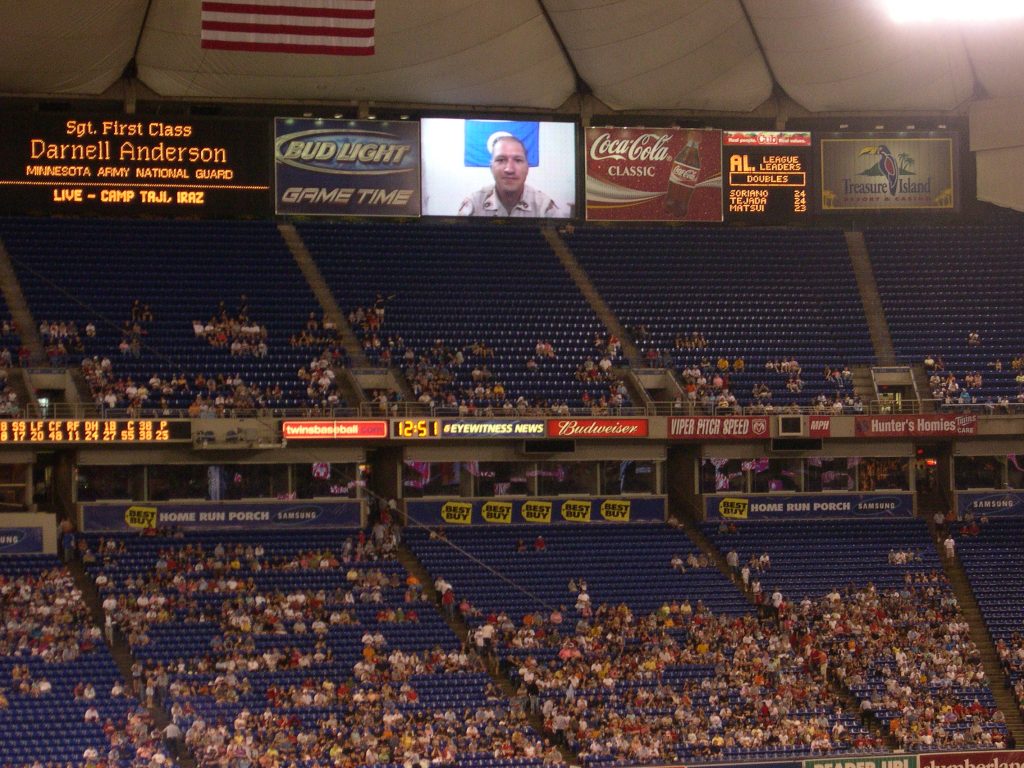

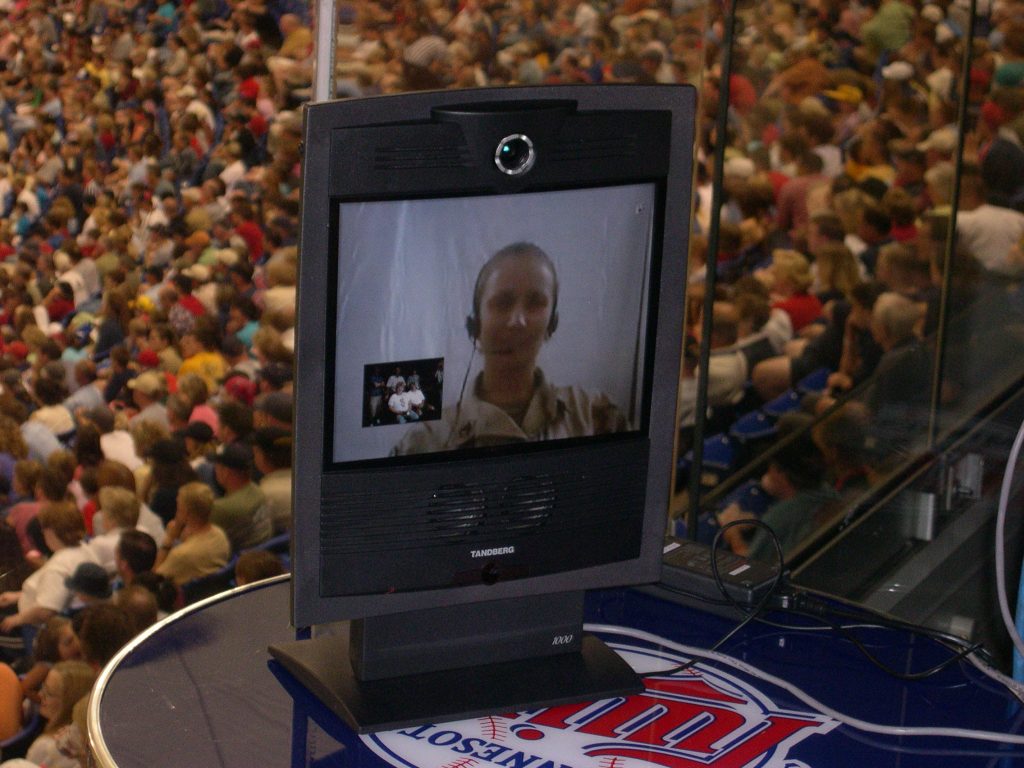
Recent Comments